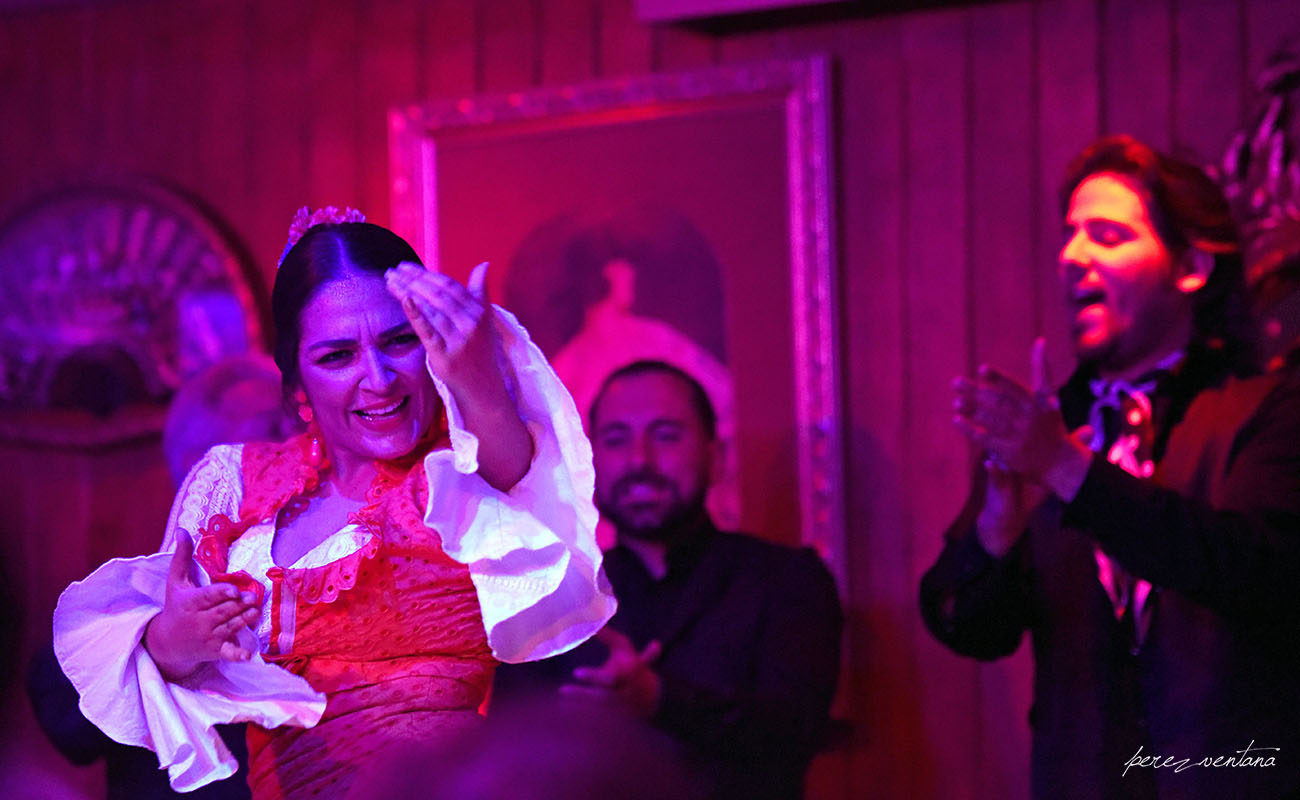The future of the peñas flamencas
Peñas appeared in Andalusia more than half a century ago, and these days there are peñas all over the world. I remember that Enrique Morente was intrigued by this phenomenon, which seems to be unique to flamenco. The peñas were born when meeting to sing or talk about cante in taverns began to be frowned upon, to the point that

Peñas appeared in Andalusia more than half a century ago, and these days there are peñas all over the world. I remember that Enrique Morente was intrigued by this phenomenon, which seems to be unique to flamenco. The peñas were born when meeting to sing or talk about cante in taverns began to be frowned upon, to the point that some taverns even forbade singing altogether. All the great artists of the last fifty years have performed in peñas, although nowadays peñas are unable to afford the fees charged by the better-known artists, since peñas are not like those tablaos for tourists, but rather cultural centers with a very different role than the commercial venues. Many of the peñas are veritable museums, such as Málaga’s “Juan Breva”, Granada’s “La Platería” and Seville’s “Torres Macarena”, to name only three of the oldest and most important in the world. They also function as flamenco archives and meeting places for aficionados, besides promoting new talent and allowing the lesser-known artists (who are ignored by the festivals and cultural cycles) to make a living. The Confederación Andaluza de Peñas Flamencas has existed for several decades, promoting cultural weeks, contests for new talent and conference cycles, sometimes with the help of government subsidies. In total there are about four hundred peñas in Andalusia, so in all we’re talking about thousands of members, rich and poor, local and foreign, of all religions and ideologies. Flamenco cannot be understood without the peñas, but the truth is that they are going through hard times due to the financial crisis. The Junta de Andalucía has cut subsidies in half, and some venues are not only in danger to close down, but have even been sealed off by the authorities. This is what happened to the peña “Torres Macarena” in Seville, a venue that, more than a meeting place, is an institution of Seville which has done more for flamenco than the Junta de Andalusia itself. A few days ago, José María Segovia Salvador, current president of the peñas of Seville, and former president of the peñas of Andalusia, told me that the Confederation will have to pay back 150,000 euros of subsidies, due to bureaucratic issues, even as this money has already been allocated to several activities. It feels as if there’s no interest in having peñas in the cities and towns anymore, as if there were a plan to phase out the peñas once flamenco has been consolidated in the theatres, many of them belonging to the Junta de Andalucia and to the city councils (the increasingly scarce private theatres only offer commercial flamenco). Such policy of adjustments would be a grave mistake, as the peñas have been for over half a century defending the Andalusian art and its protagonists: the artists of flamenco cante, baile and toque. They have done so mostly with their own means, although they have been subsided for many years, if we could call “subsidy” the meagre handouts they receive, which this year won’t reach 60,000 euros, to be divided among hundreds of peñas across Andalusia. Do the peñas flamencas of Andalusia have a future? We’ll see.




